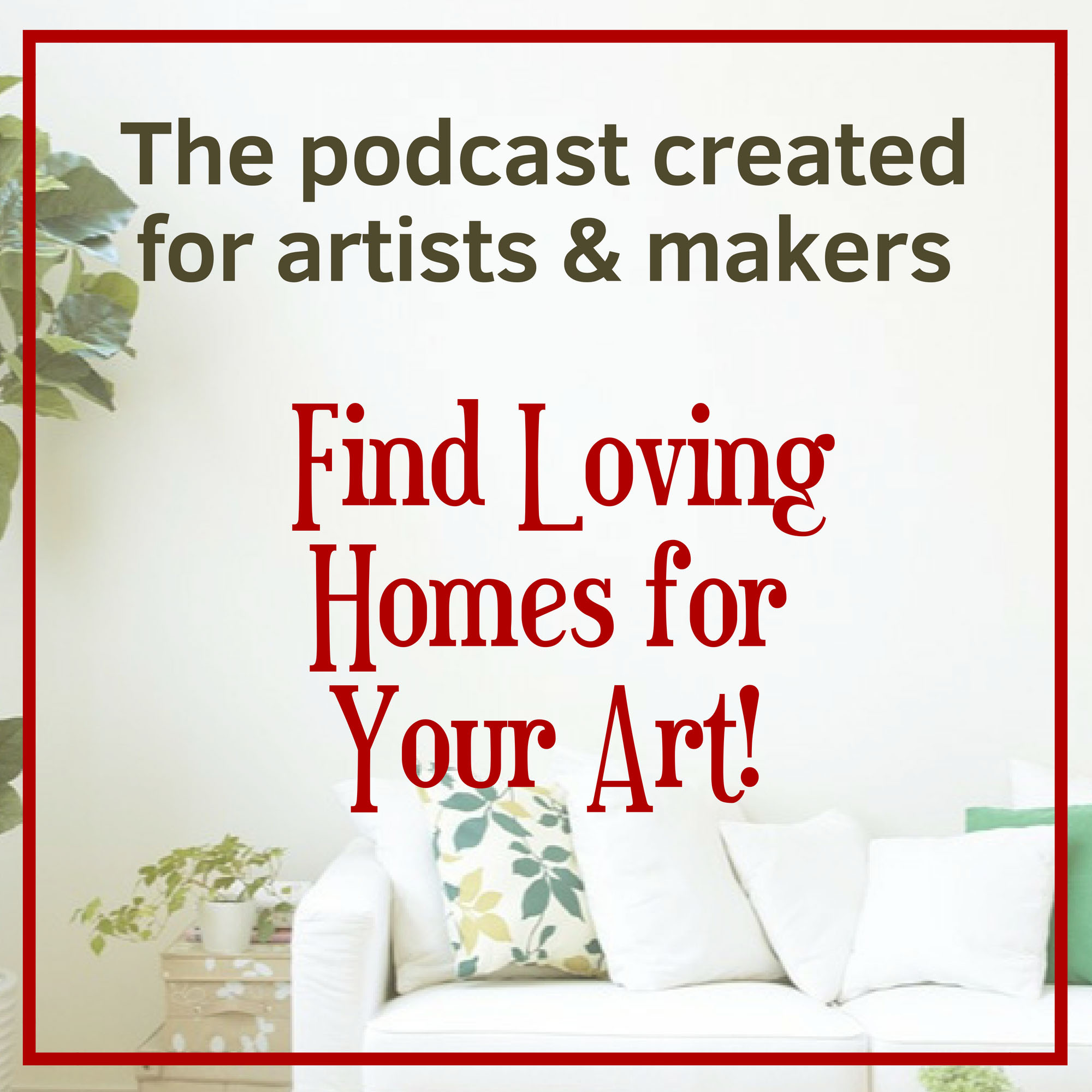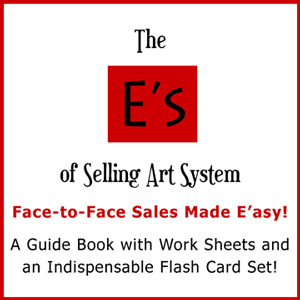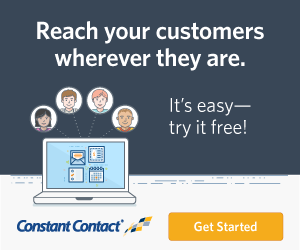I was asked, once again, to review a website and it hit me. People are missing the entire middle ground. The site I reviewed was heavy in “introduction” and it had the “end-game”; a shopping cart. But there was nothing in the middle.
Everything in life needs a beginning, a middle, and an end, however for the best results, the beginning, the pre-selling (non-confrontational) “learn more about me” strategy should be minimized or even avoided altogether. In normal circumstances, we spend most of our time in the middle. We want to get cooperation, participation, or compliance as quickly as possible when recommending just about any idea or suggesting any purchases. We naturally get to the middle pretty fast.
For example, you wouldn’t spend a great deal of time explaining what you know about food, your background in dining experiences, and what your dietary preferences are, just to recommend a restaurant, would you? You would get right to the point: “This is a great place to have a romantic meal.” Or, “This is a totally family-friendly place with a terrific kids menu.”
About the only time spent in anything that could be considered the beginning might be establishing what in general the person might be most interested in “considering”. So we might have a few categories with a few examples of what is available. In the restaurant example, that might be food preferences or price ranges, but when that choice if offered and the person clicks to learn more about the choice they made, then what? What do you think the person who clicks on a specific category or product is expecting next?
The person showing interest needs selling language. They need to know what they are getting for their money. However, out of nervousness or lack of confidence – or both – the tendency is to edge very, very slowly towards the path that leads to the cliff. We don’t even want to mention that we want people to go ( oh no no no ) to THE cliff. We don’t even want to discuss there is even a cliff in the scenario.
Fear, ego, and some more fear
We preamble. We stall. We avoid. We think that we need to “set the stage”. We want to be sure we have already gained trust before we head towards the cliff. We fear rejection so we keep trying to be lovable so they will buy from us when we finally show them the cliff.
However, that can’t happen if we don’t even discuss the cliff if they don’t know we’re taking them to a cliff. The worse part is that we suddenly push this modestly interested person right to the edge with zero understanding of the benefits of being on this precipice. We never shared our amazing plans to safely and glamorously send people over the cliff in a big beautiful state-of-the-art hot air balloon. We never discussed the backup plan; the parachute. More to the point, we didn’t share what our satisfaction guarantee looks like.
In other words, we avoid the “selling” part, the features and benefits. We don’t lay down the foundation of “what’s in it for them”. We left off the pros and cons and comparing of offers and list of benefits and guarantees. We left off the parts they needed to learn about so they can give this proper consideration.
This is more astonishing to see when the site actually has a shopping cart ready to take people’s money! Where is the middle? Where is the selling? Where is the part of your site that elicits the “consideration” stage? Why is the entire site a “Where’s Waldo” experience? No FAQs? No in-depth descriptions? No attempt to suggest what the benefits of ownership can bring with a purchase?
Head’s up for my artist community. You need to remember your impact. You change lives forever with your creations. The benefits of buying art are incomprehensibly incredible and last a lifetime.
But even more distressing is seeing a site without any opportunity to sell. If you want to make a living with online or in-person sales, you need to make it easy for people to buy from you. You need to have a shopping cart. Do I need to repeat that?
Do you remember what a huge boost having a credit card swiper (or “knuckle buster” for my cronies!) was back in the day? Can you imagine not taking credit cards? Well, if you do not have a shopping cart (and you can get one for free, so no excuses please), you might as well have a big sign on your homepage that says, “Closed for business.” Because, in fact, you are. And so I will repeat myself: You need to have a shopping cart.
There is no leap of faith
When I do my follow-up and submit my report, the common defensive response is usually from a lack of confidence. This leads to something along the lines of, “If only they understood me. If only they saw how much effort I put into this they will be more open to considering purchasing. If only they knew how hard I work or how many years I have been doing this.” We think that unless there is a huge history or explanation or “origin story” outlined in advance of them even seeing the “Cliff” no one will buy. But a purchase is not based on having faith in you as much as it is having a desire for your product.
And of course, this gets even more intense for anyone who is really new to the selling arena. It’s not easy to toot your own horn if you just picked up the instrument. It’s also hard for those who are self-taught. It takes extra courage to list the benefits of ownership and lay out all the reasons that are worthy of consideration when you think your lack of pedigree makes you less worthy.
Let it go. And, be less self-aware. It turns out that the easiest way to avoid worrying about what they think of you is to simply walk people directly to the cliff. They don’t care about you nearly as much as you imagine. They care about the opportunity you are giving them. They want to have multiple conversations about the cliff – how deep, how wide, what the bottom looks like. They might need to know about the hot-air balloon, too.
They want to know a little about you, but not much. They may or may not care about why you chose that cliff and what the cliff means to you. Just get them to the cliff as soon as possible.
People always place themselves at the center of the universe. That's not a bad thing. It's why you are read my blog articles. You want to know what's in these posts that might be of value to you. Click To Tweet
So when I go to a home page for an artist and I see a lot of words and few pictures or mostly pictures and few words, there is no middle. The middle is where you answer the question: What’s in it for me?
The middle is where people have the uncontrolled automatic, mouth agape, straightened-spine sensation and hear themselves say out loud, “That is so cool”. Followed by, “I need to know more”.
And they click and learn more. And they go back and look at the object of their desire again. And they click and learn more. And you have given them access to the middle on every single page on your site.
The middle is where you brag, push, excite, toot the horn, and create awe, respect, and trust. The middle is where you close the sale by providing reasons for them to consider buying. Then clicking to “learn more” becomes clicking to buy.
You are just a sidebar, barely a part of the purchase – especially online. Your “about” page, your artist statement, your FAQ’s are all there to add more substance to the middle under the guise that they are getting to know you. Everything, every word is there to further the desire to own. They are reading whatever matters to them.
None of it is about you.
Want a free website review?
Let’s see if you have some middle ground to share on your site.
This offer ends Sunday, June 17th, 2018. Or until I feel overbooked – whichever comes first.







Hi Mckenna,
When you say “the cliff” are you meaning the consideration stage of buying? In terms of an artist’s website, you mean the product information? I totally agree that so many artists sites have just a white box picture of the artwork plus price with no additional information about the artwork, sometimes not even the size. How would anyone consider parting with a larger sum of money without more detail and more pictures? For art to sell online we have to compete with the real experience of seeing the artwork in a gallery.
Is there anything else needed for my website to address the middle ground?
I also thought that the same “cliff” could be experienced in a face to face selling situation where we ramble on about how we got into art without finding out what’s actually of interest to our potential customer. So many times, when I’ve inquired, people have very specific things they need to know about purchasing.
I thought that might be too vague, so let’s see if I can shed a clearer light on this cliff analogy. Thanks for your honest questions as always, Rebecca. Consideration can’t even happen if someone has little-to-no information to “consider”.
So… YES…it’s as though there is some really scary thing that might happen if we mention – in-person or on our sites – people can own what we offer. We hide and camouflage the reality. Or worse: we think we need to give out lots of inside our world view stories or all kinds of justifications. It’s as though we are preparing people for bad news.
We avoid looking like we are trying to “sell” anything and happily have a menu item named “shop” and we leave people to just “shop”. But as you point out, when there is no description, no details about the items, nor details about policies for satisfaction and shipping methods or detailed photos of the items in close-ups and so forth…. geez… you said it best: “For art to sell online we have to compete with the real experience of seeing the artwork in a gallery.”
The other end of the spectrum on websites is too much (and almost always irrelevant) information that never “sells” the benefits of ownership. FAQ’s are essential and so often non-existent! Take them to the cliff. Let them see what the full experience can be.
And if anyone wants to see the quintessentially perfect example of a site designed to sell art, visit Rebecca’s site: https://www.rebecca-vincent.co.uk/
Gosh Mckenna, I’m blushing! I can still see lots of things I need to do on my website!
I think I’m understanding “The Cliff”: artists don’t like to draw attention to the fact that they want to sell their work either because they don’t believe people will buy it or because it’s somehow in poor taste to mention it or maybe because they haven’t given any thought at all to how they will be perceived online. So by avoiding the subject altogether they fail to give any relevant info to site visitors or in person visitors that might steer them towards considering ownership.
You’ll remember my old website… I think I thought it was obvious that the work was for sale and that people would dig around for the info but after you pointed out to me that there was nothing about selling on the home page, I made sure on my new site to use very obvious and simple messages to steer people round the site. And of course I’ve tried to think of everything they might need to know when they’re actually looking at a product. I know returns policy is very important to people having confidence to buy so I put it on every single product page. In practice, nothing is ever returned! It’s just there to reassure them that if there is a problem, I’m going to fix it at my own expense and they have nothing to fear…
Yes, Rebecca. You made a miraculous change to your website after my review. What was it? Two years ago already? It’s all about them. It’s always all about what’s in it for them. And avoiding “The Cliff” is the polar opposite effect on taking care of what is important to them. Among the six websites I have reviewed as a result of the offer I made here, I have seen only one that came close to this standard. The others were all nearly void of the “middle” and avoiding doing any selling. One had great work, a very esteemed history and resume, and even a pretty decent site, but no prices – just a call for people to contact the artist. And so it goes.